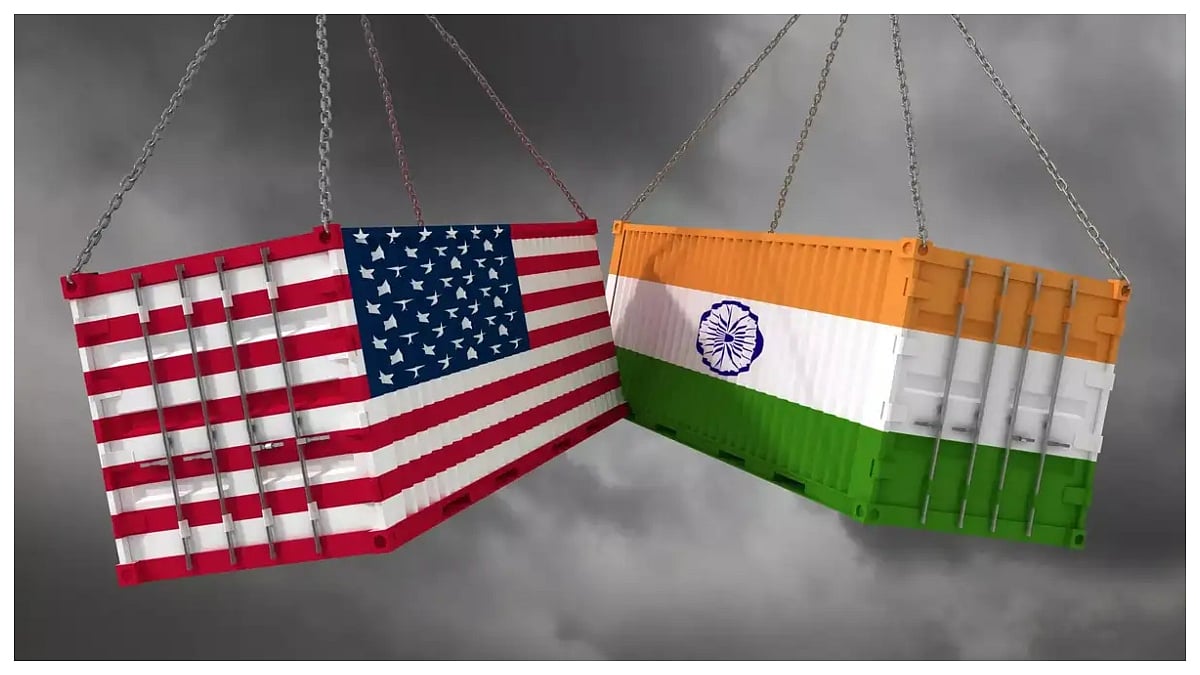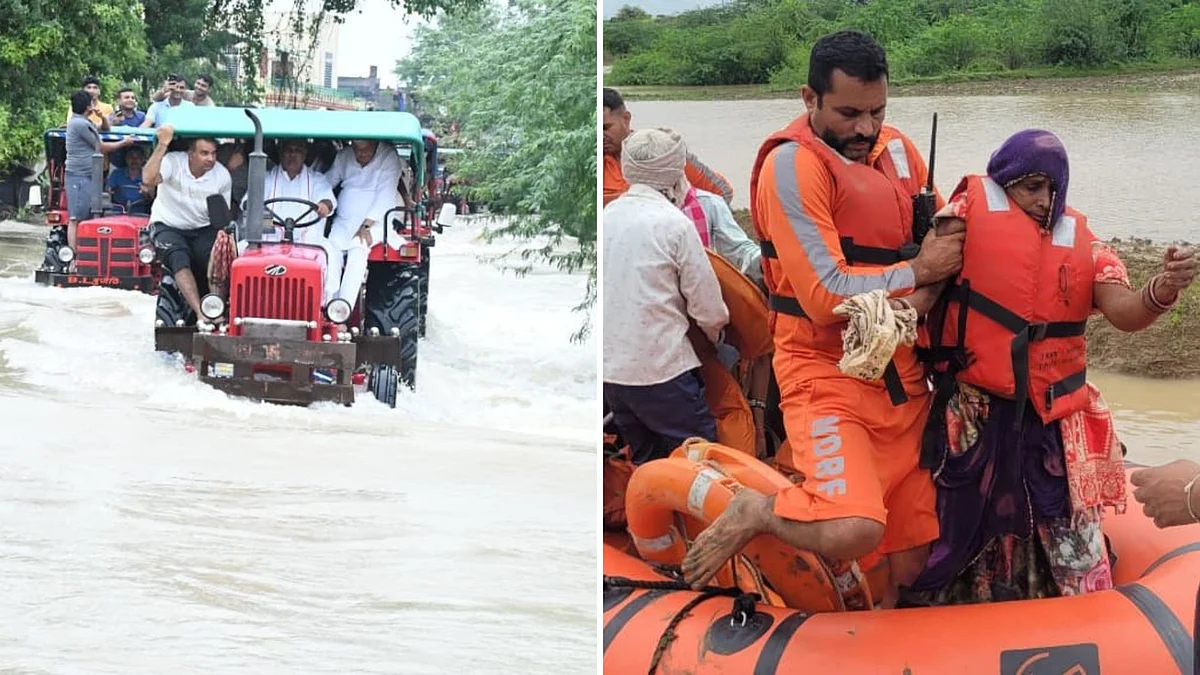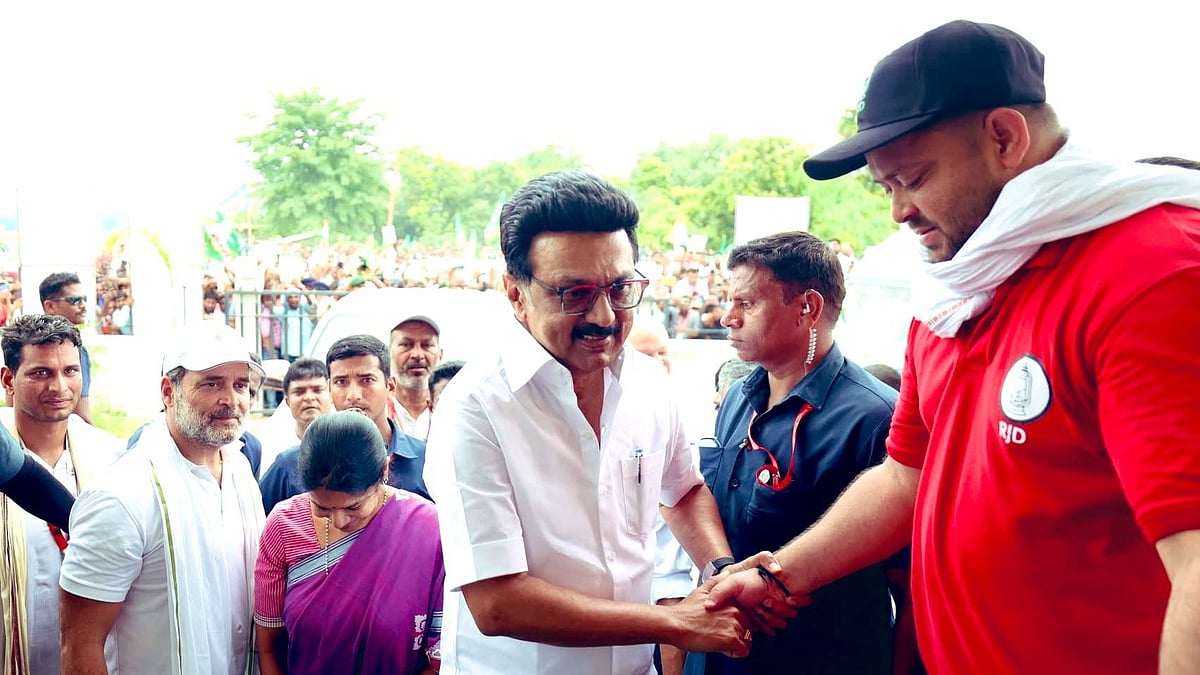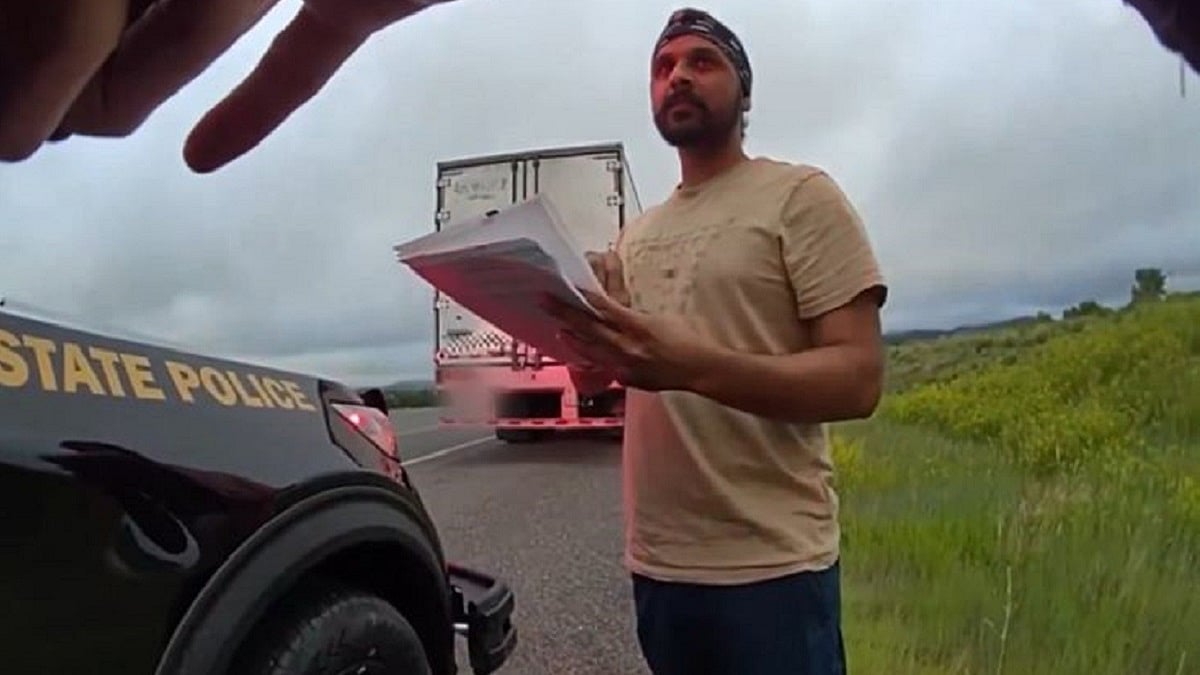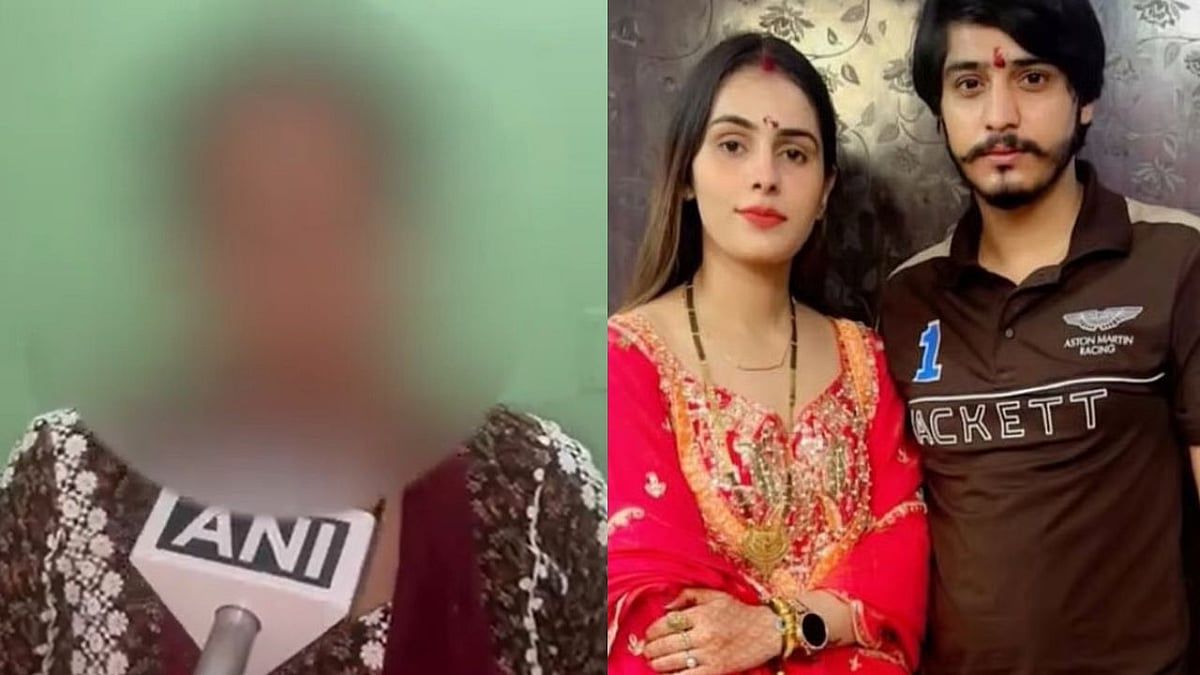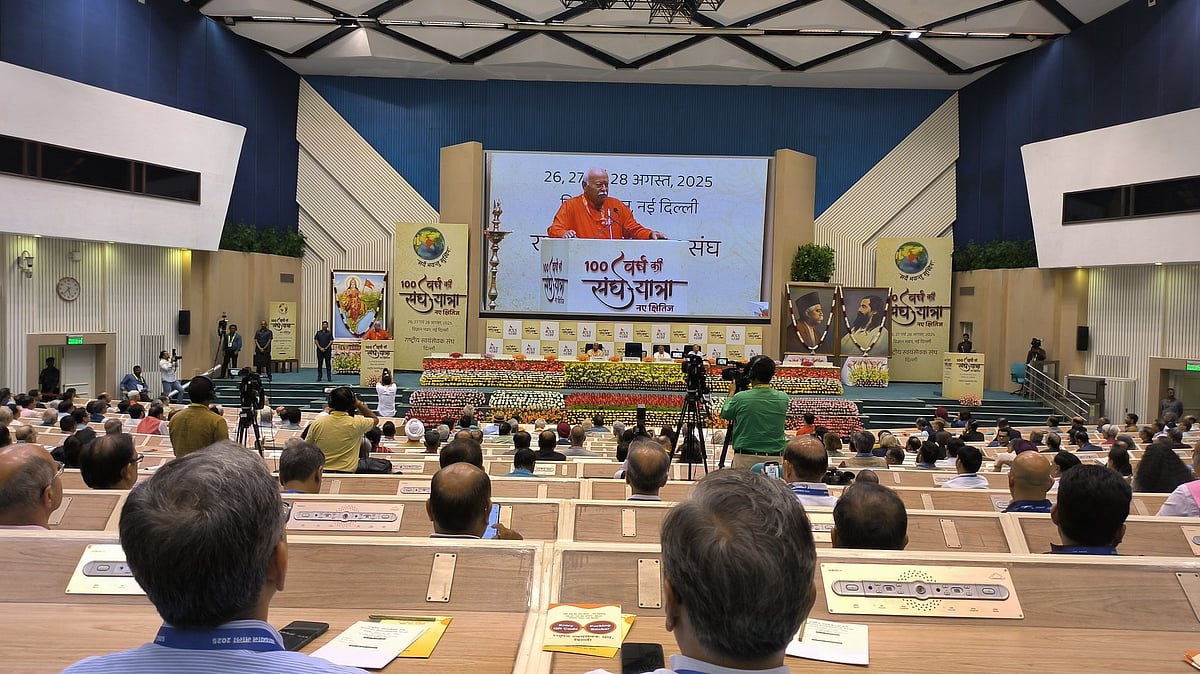Peeragarhi village in Outer Delhi is currently grappling with a serious water contamination issue that has persisted for nearly 15 days. Residents have been dismayed to find bright blue water, filled with foam, flowing from their taps whenever they attempt to access their water supply. This alarming situation has raised significant concerns about the safety of the drinking and bathing water provided by the Delhi Jal Board (DJB), attributing the problem to nearby chemical and denim factories' improper disposal of industrial effluents.
Residents' Concerns and Allegations
The blame for the blue, contaminated water has been squarely placed on the numerous factories surrounding Peeragarhi village. According to Vinod Shaukeen, the village head, these factories have been disposing of toxic waste carelessly, directly impacting the local water supply. Residents, such as Manish Kumar, have reported visible pollution in the water, noting that it not only stains surfaces like washroom tiles but also poses health risks. Despite complaints to the authorities, including the DJB, residents feel their concerns have been largely ignored, exacerbating their frustration and sense of vulnerability.
Impact on Daily Life and Public Health
The contamination has severely disrupted daily life in Peeragarhi village. Many households are unable to use tap water for basic needs, resorting instead to purchasing water cans at additional cost. The situation is worsened by reports of illnesses among residents, even in households where the water does not show visible signs of contamination. This has prompted serious health concerns within the community, compelling residents to seek urgent solutions to ensure their safety and well-being.
Community Response and Advocacy
Than Singh Yadav, representing Delhi’s panchayat collective, has been vocal about the issue, criticizing the administration for what he perceives as negligence towards rural villages' basic needs. The collective has threatened further action if the authorities fail to address the contamination promptly. The panchayat sangh has also mobilized support among villagers, highlighting growing anger and discontent over the perceived indifference towards their plight.
Administrative and Official Responses
In contrast to residents' claims, DJB officials initially expressed unawareness of the issue but acknowledged ongoing challenges with water pollution across Delhi. They cited existing mechanisms, such as a helpline, for addressing water quality complaints and assured that the matter would be investigated promptly. However, the disconnect between official assurances and the ground reality has fueled skepticism among residents about the effectiveness of administrative responses.
Environmental and Infrastructural Challenges
Beyond industrial pollution, Peeragarhi village faces additional challenges related to its aging infrastructure. Reports indicate that the village's water and sewer pipelines are located in close proximity, with the sewer system often leaking onto the streets due to its outdated condition. This overlapping infrastructure exacerbates the contamination issue, complicating efforts to isolate and mitigate the spread of polluted water.
The situation in Peeragarhi village underscores broader concerns about water management and environmental stewardship in urban outskirts. It highlights the need for immediate intervention to safeguard public health and restore clean water access to affected residents.
.jpg?width=1200)

